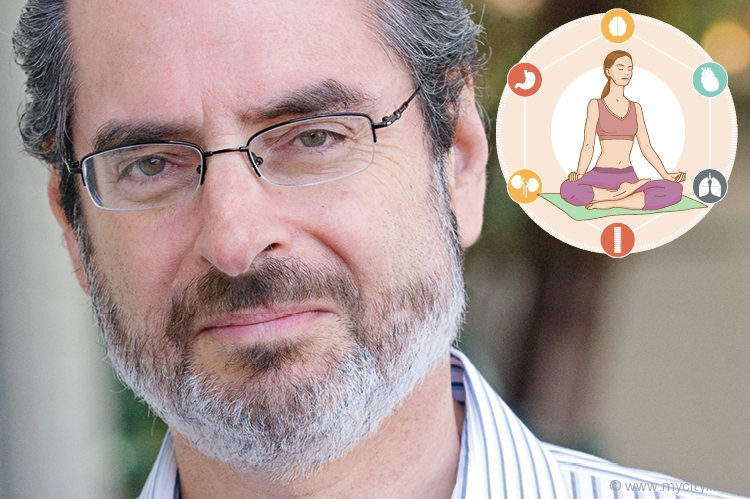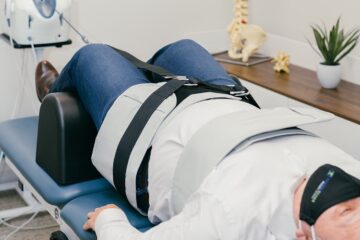Beyond Painkillers
How yoga can eliminate the need for medication and address the source of physical pain
Nobody wants to be in pain. Unfortunately, though, the first treatment option that most western doctors reach for is pain medications. In Canada alone, some 19 million prescriptions for opioid painkillers were written in 2013, making Canadians among the highest users of prescription opioids in the world.
Yes, they can help relieve pain, but prescription painkillers also come with a host of negative side effects, including digestive problems, decreased sex drive, kidney disease, liver damage and dizziness. Prescription painkillers are also very addictive and the most abused category of drugs; opioid-related overdose deaths now outnumber overdose deaths from all illicit drugs, such as heroin and cocaine, combined.
The problem with painkillers is that they can mask the issue, allowing for additional injury to occur, and do not address underlying imbalances. Imagine for a moment that what is causing you pain is a pebble in your shoe. You’re given pain medication and no longer feel the ache of the pebble, but with every step you take you continue to risk further injury. In order to heal, the pebble needs to be removed.
One modality that offers a host of natural ways for dealing with pain is yoga. First, yoga is very good at bringing balance back into the body. One of the major reasons that injury and pain occur is because of some type of imbalance in your body; something is out of alignment or has been strained. If this imbalance can be addressed and relieved then the body can quickly begin to heal on its own. Applied correctly, yoga postures help your body return to balance by putting the bones, muscles and organs where they belong, thereby improving alignment, flexibility and strength.
When an injury exists, there is a tendency to contract muscles around the site in an effort to protect it. This is often accompanied by stress and anxiety, which only heighten sensitivity to the pain. The breathing practices of yoga can help you relax, which helps lower stress levels and loosen the constriction around the injured area. The result is that your pain levels are lowered and blood can flow more freely to the injured site.
Meditation is another great tool from yoga for relieving pain. The practice helps to focus the mind, distract it from the pain, and like the breathing practices of yoga, helps you relax. What’s more, research suggests that meditation can reduce the transmission of pain signals from the thalamus, a major relay centre in the brain, to higher brain centres where pain signals are interpreted. In meditation you also get to observe your thoughts and emotions and begin to see how they may or may not be contributing to your pain.
Of course there are times when pain medications are appropriate, and only through consultation with your physician can you properly determine when to use them. With that being said, remember that there are natural alternatives like yoga that can help you shorten the amount of time you use painkillers, reduce the strength and amount of medication you use or eliminate them entirely.
GUEST WELLNESS EDITOR
Howard VanEs is a yoga instructor and the author of Yoga, The Back Pain Cure, as well as several other health- and wellness-oriented books. His books can be found on Amazon and on his website:
www.booksonhealth.net

















































































No Comment